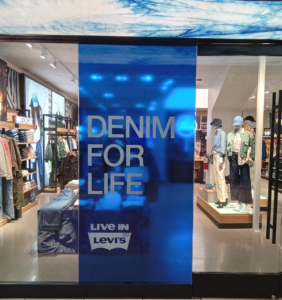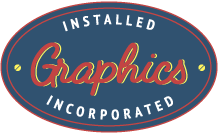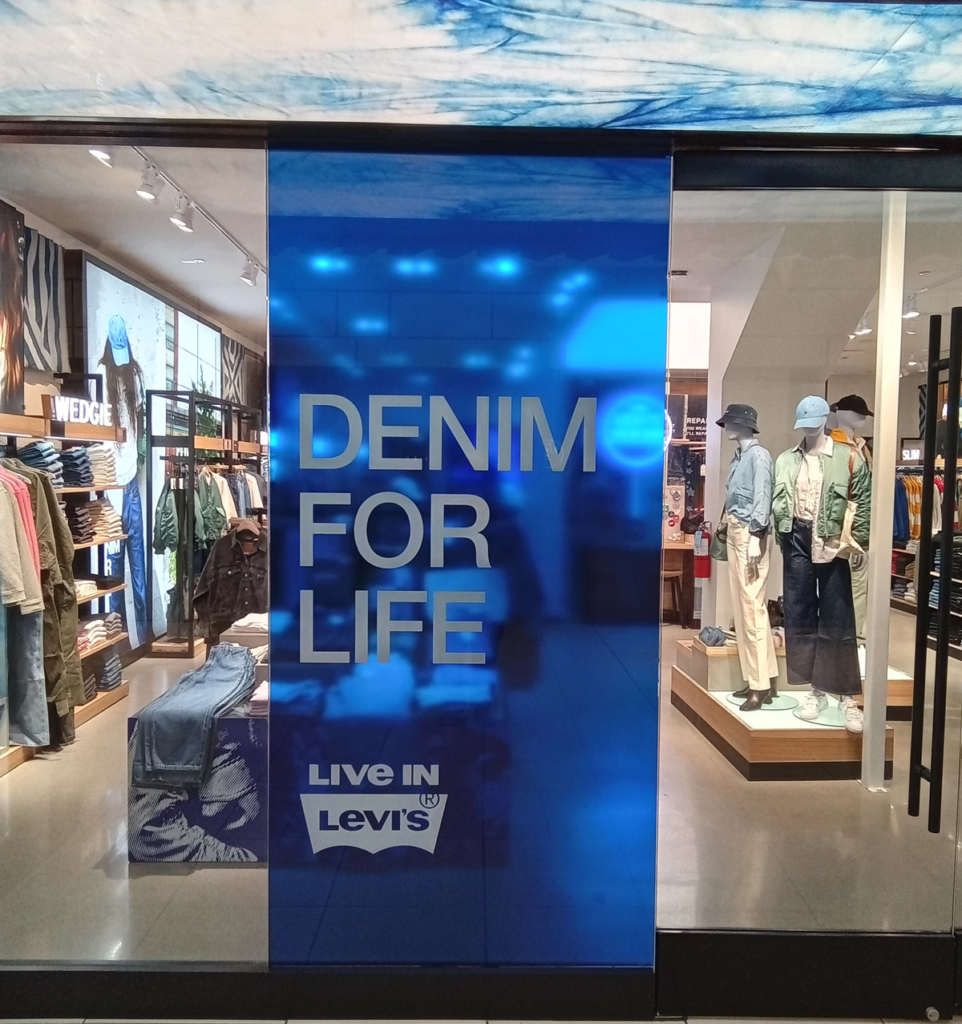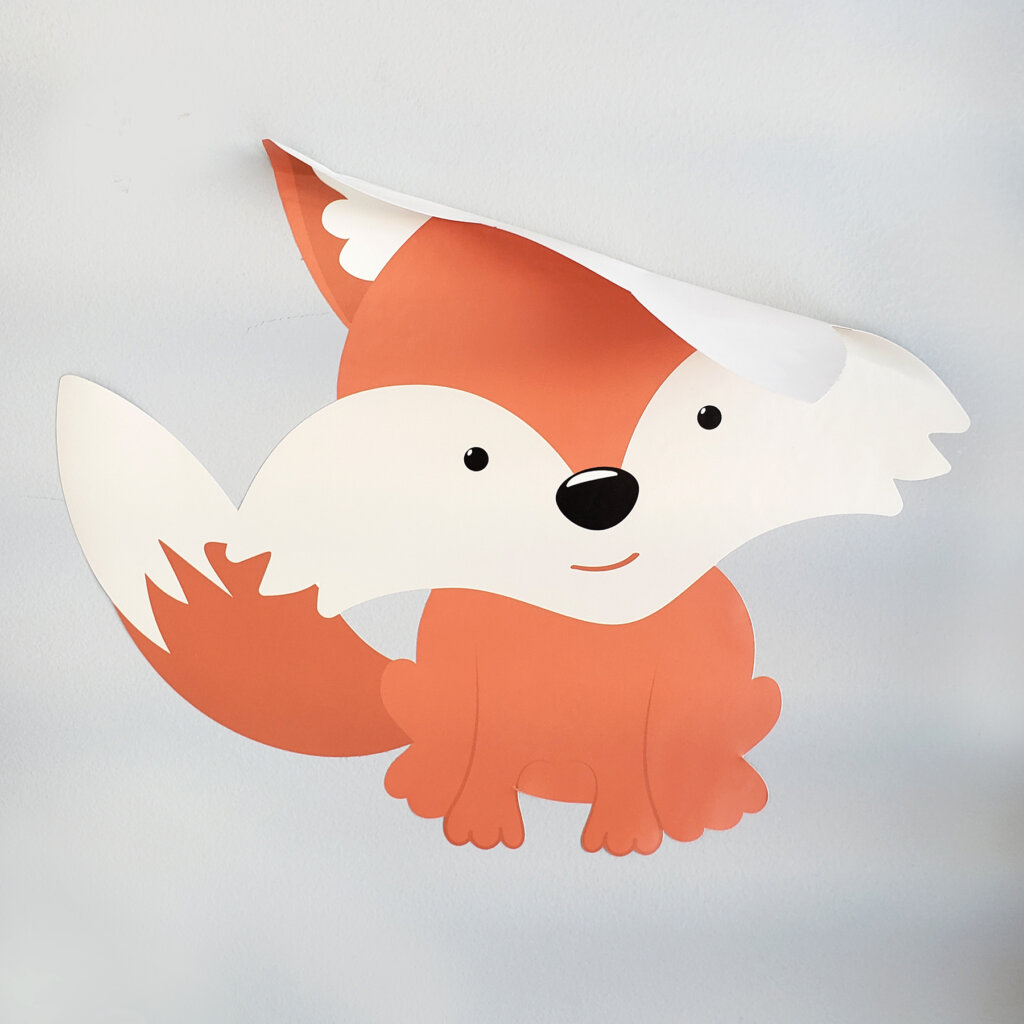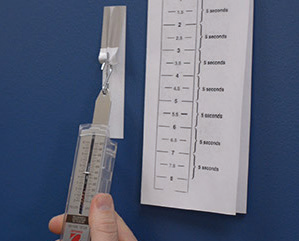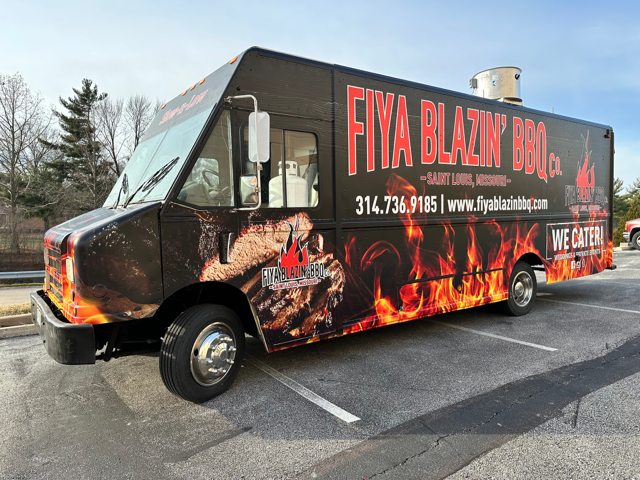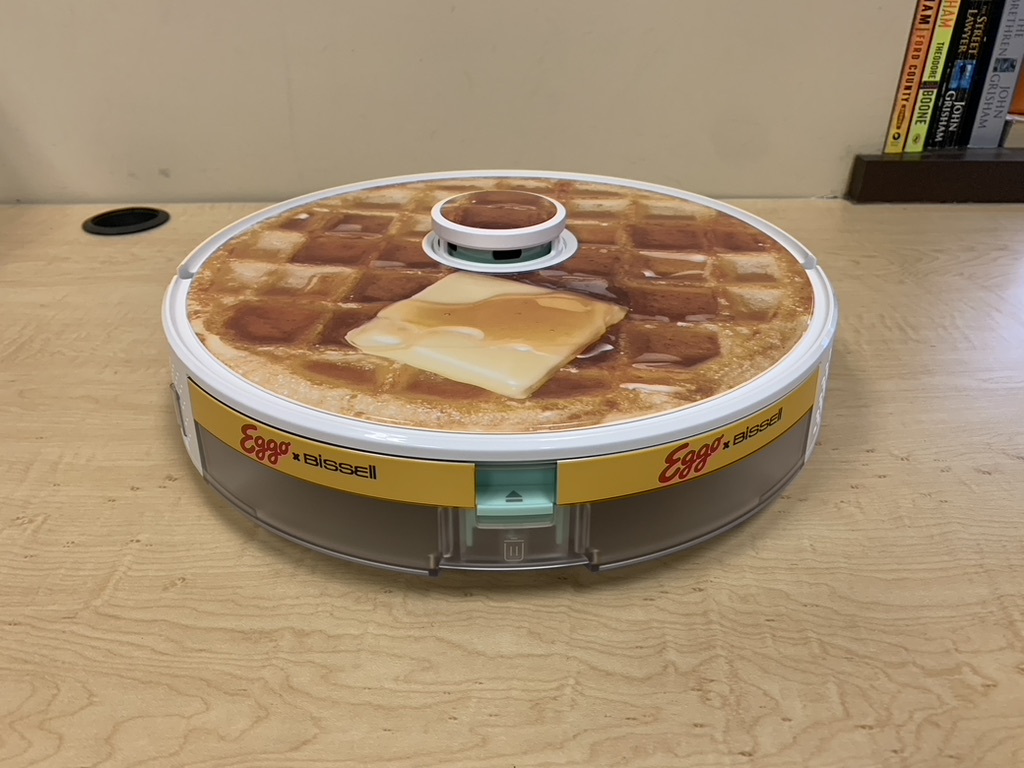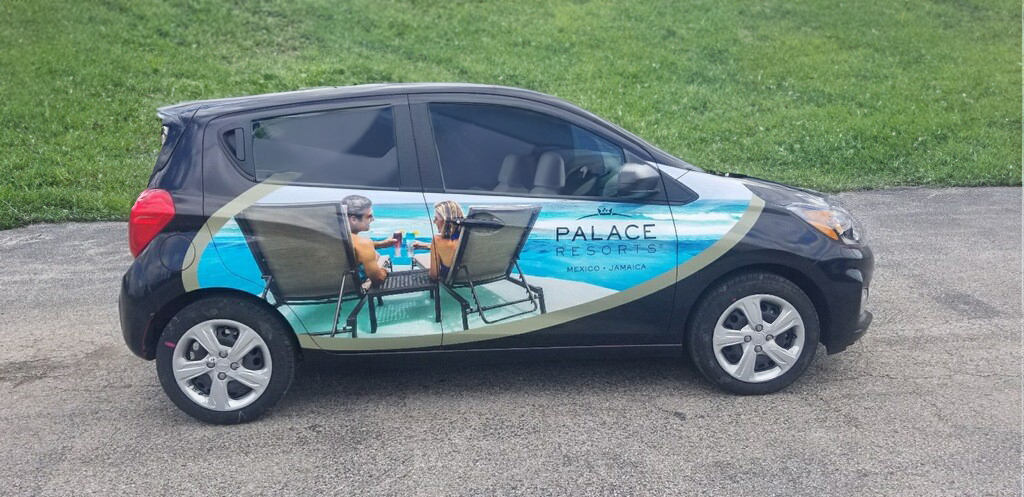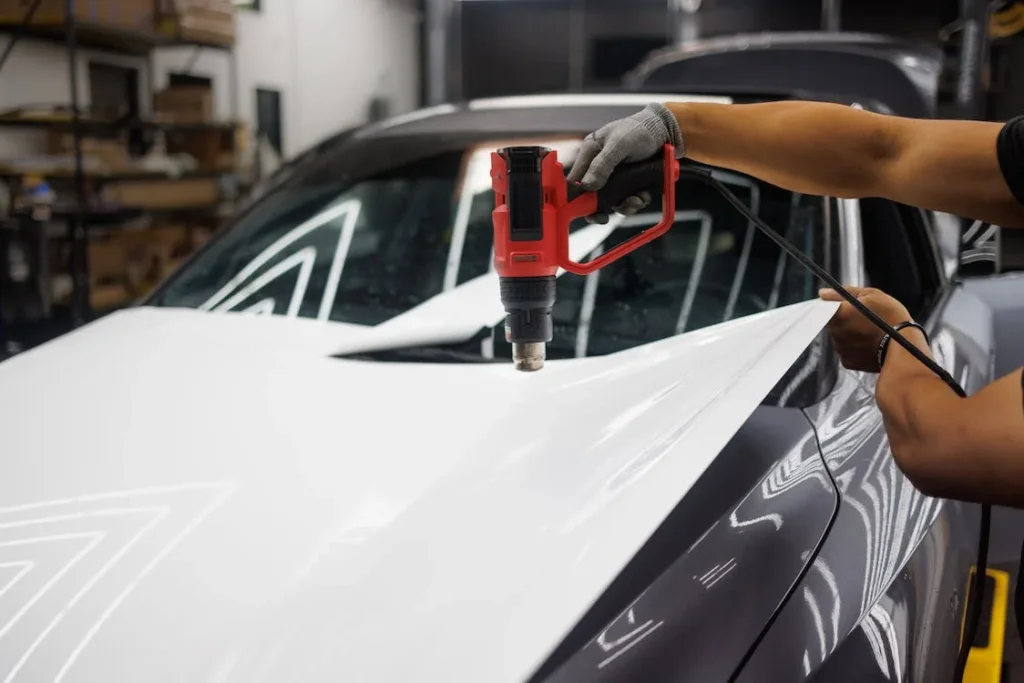The rise of the food truck industry is happening at a frantic pace. Branding and re-branding has become a major business for Installed Graphics, Inc. Here are several things that have contributed to it:
Affordability: Food trucks offer freshly prepared food at lower prices than traditional brick-and-mortar restaurants. This affordability makes them attractive to a broad range of customers.
Flexibility: Food trucks can quickly adapt to changing trends and consumer preferences. They can be wrapped and re-wrapped to fit today’s trends.
Accessibility: Food trucks can go to where the customers are, and with auxilary signage, can make their presence known immediately.
Social Media and Technology: The advent of social media has played a significant role in the success of food trucks. Many trucks use platforms like Twitter, Instagram, and Facebook to announce their locations, share daily specials, and engage with their customers. That’s why a freshly wrapped food truck has such social media appeal!
Low Overheads: Operating a food truck typically involves lower overhead costs than running a traditional restaurant. Also, it is a traveling adverstisement. There’s no need for expensive real estate, dining space, or extensive staffing. This allows food truck owners to invest more in quality ingredients and maintain competitive pricing, while presenting a professionally wrapped vehicle that advertises itself.
Popularity at Events: Food trucks are often invited to participate in events, festivals, and markets, further increasing their visibility and customer reach.
The rise of the food truck industry is a testament to the evolving preferences of consumers, and the entrereneurial spirt of their owners. Installed Graphics, Inc. is excited to be involved with this industry at such a dynamic time.


